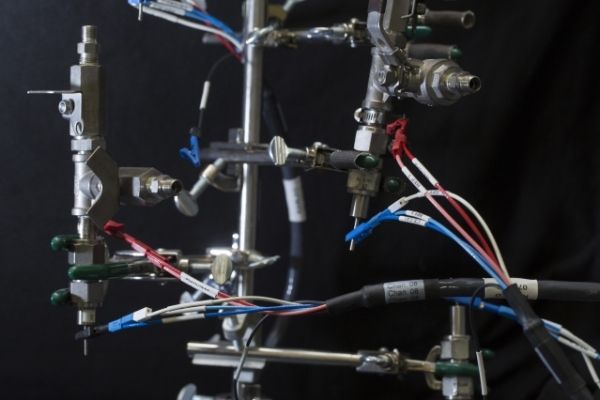The images are ubiquitous: A coastal town decimated by another powerful hurricane, satellite images showing shrinking polar ice caps, a school of dead fish floating on the surface of warming waters, swaths of land burnt by an out-of-control wildfire. These dire portrayals share a common thread — they offer tangible evidence that climate change is affecting every corner of the globe.
According to NASA, Earth’s surface temperature has risen 0.9 degrees Celsius since the dawn of the Industrial Revolution. Researchers agree that the rise in temperatures has one primary culprit: increased greenhouse gas emissions.
Greenhouse gases like carbon dioxide, nitrous oxide, and methane all trap heat in our atmosphere, making them directly responsible for climate change. The occurrence of these gases in our atmosphere has increased exponentially since the late 1800s due to growth in fossil fuels use across the energy, manufacturing, and transportation industries.
A report from the U.N. Intergovernmental Panel on Climate Change (IPCC), released on Oct. 8, 2018 warned that if the Earth’s temperature rises greater than 1.5 C, the effects would be catastrophic. Entire ecosystems could be lost, sea levels would be higher, and extreme weather events would become even more common. According to the IPCC, avoiding this scenario “would require rapid, far-reaching and unprecedented changes in all aspects of society,” including a 45 percent decrease in carbon dioxide levels by 2030.
Read more at Massachusetts Institute of Technology
Photo: This capture and conversion device developed by Assistant Professor Betar Gallant uses electrochemical cells that convert harmful gases into more benign materials. CREDIT: John Freidah


